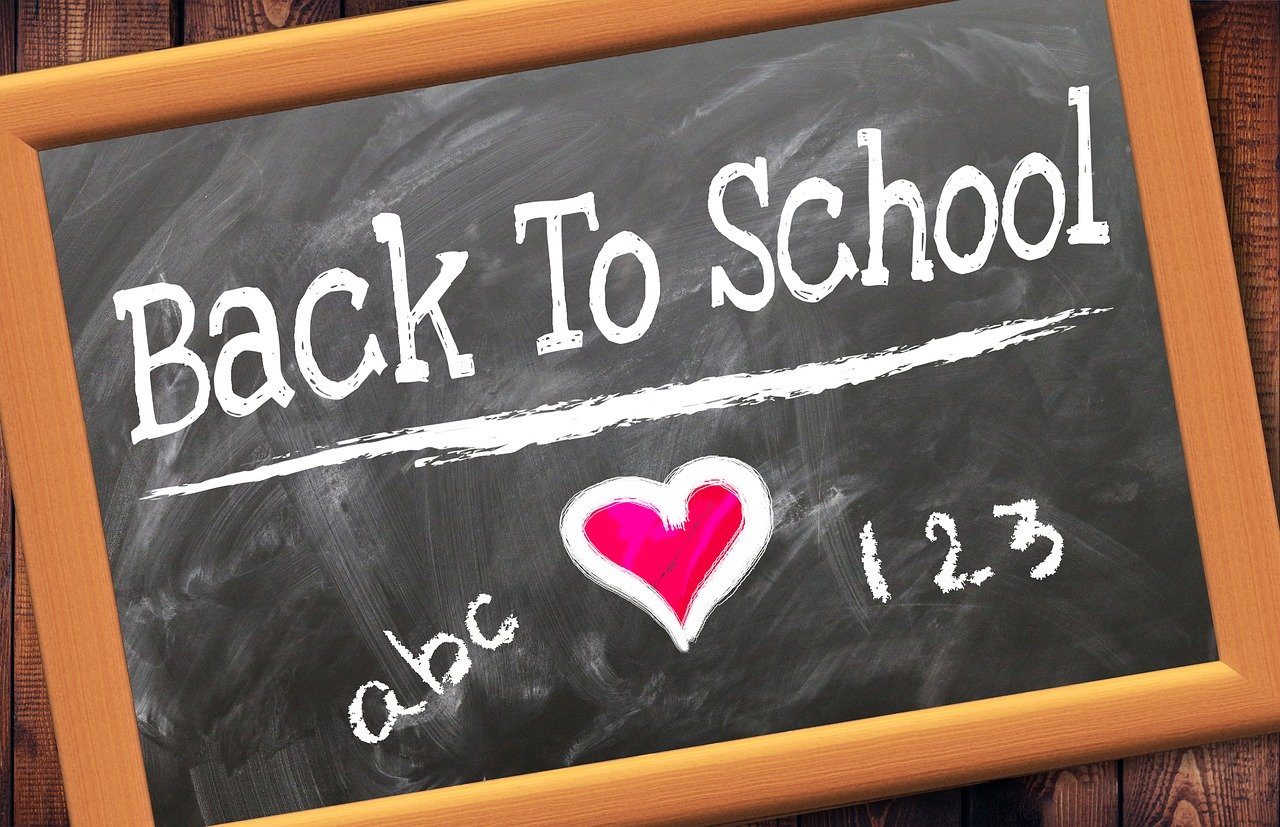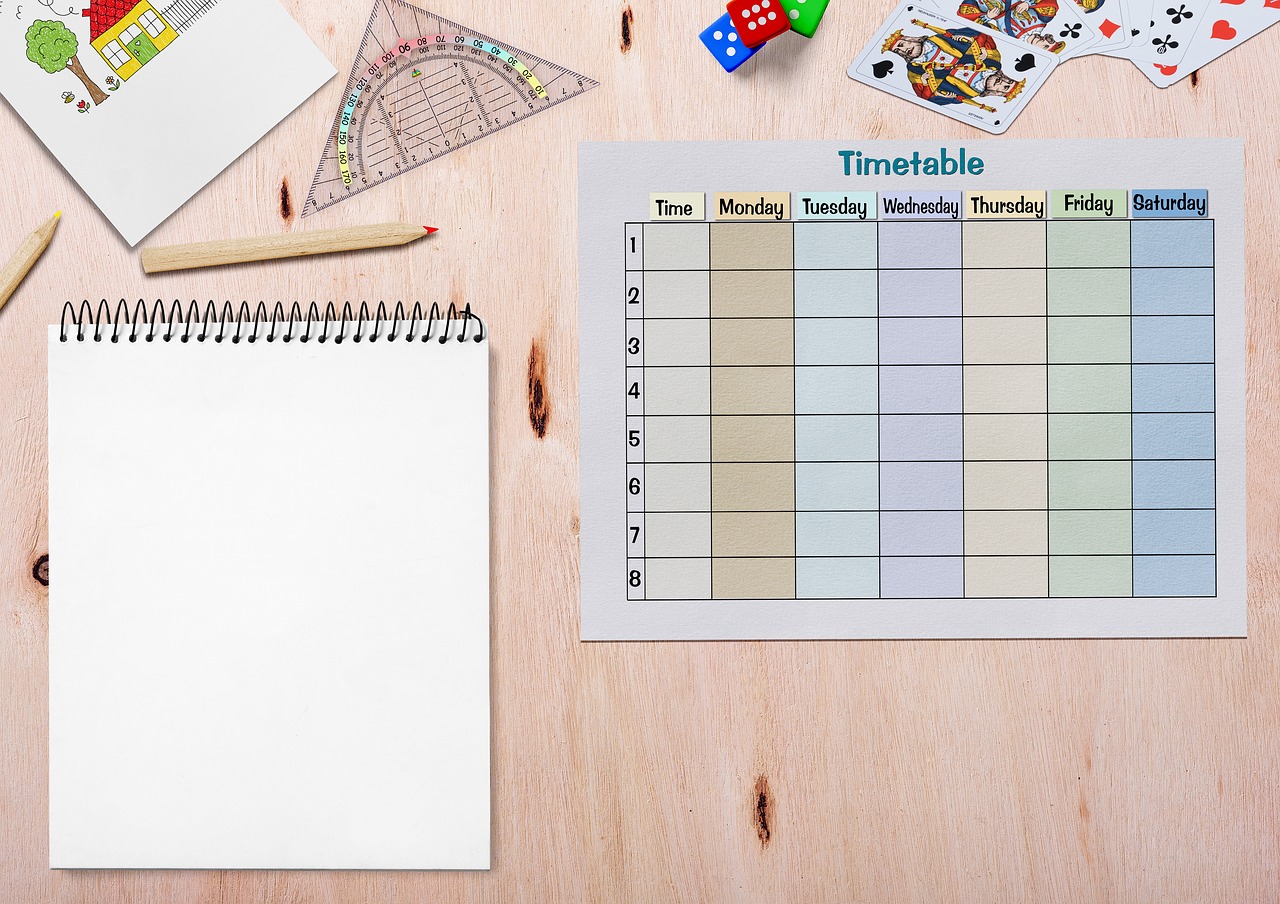Moving towards the end of the summer holidays and the start of the new school year can be a challenging time for children who’ve experienced early life trauma. Change is often a trigger for deterioration in behaviours and a rise in anxiety and worry.
In this second article (the first article looks at steps to take before the end of term) about managing transitions, Emma Spillane, provides some useful tips and advice about how to support our children as they move towards the start of the new school year. Emma is a qualified teacher, adoptive parent and attachment & trauma trainer who works with schools to support them on their journey towards becoming trauma-sensitive. More information about how she works with schools and the training and consultancy she offers can be found on her website.

Managing school transitions
We’re heading towards the return to school for settings in England and Wales, and our children may be showing us in a variety of ways that they are unsettled by this.
For children/young people who’ve experienced trauma, this time of year (approaching the start of a new academic year) can be especially hard – those feelings associated with significant change and of separation from caregivers can resurface and can lead to heightened anxiety. For them (and for so many others, possibly never more so than now, noting the impact of Covid on mental health), the right support with this transition is critical to support them with feeling safe, whether that be with going up a school year or transitioning from nursery to primary, primary to secondary, from secondary school to college, or college to university.
Here are just a few considerations you may find useful to support your child/young person with transitioning (back) to school.
While some of these support strategies are more appropriate for young children, many can be adapted for older children/teenagers, and keep in mind that regression to a younger social/emotional age is likely for children/teenagers who’ve experienced trauma so you may find yourself revisiting things that have worked well in the past. None of this is rocket science, but it is concerned with going back to basics, upping presence, curiosity, and nurture…
Open up a dialogue around your child’s worries (at the right time for your child)
Create the space for your child to share their worries in their own way, acknowledge them and empathise with them – for younger children, this is likely to be through play or role-play. ‘Up’ the level of opportunities for connection (maybe play some specific games like these from Beacon Family Services). Take small opportunities to check in from time to time without overwhelming, just by simply being curious with them. Label emotions and what they feel in their bodies (and if they need help, give them a commentary and try wondering with them ‘I wonder if you are feeling… because….’). For older children, you’ll likely have a better idea of how they express themselves, but it’s important to create and hold the right space to allow them to do this as and when the time is right for them.
Take opportunities to talk about school/college/university if the situation naturally allows
You might be passing in the car or on foot on the way somewhere else – casually mentioning about the school being all quiet in the holidays or something just shows you acknowledge it’s there and helps with familiarity/normalising it.
Practice the route to the setting (school run, bus to college etc.)
This might only be something you need to do once beforehand, but it’s all part of helping with familiarisation – knowing what to expect, having walked the path before – allows them to ask questions along the way too.
Ease back into a routine with bedtimes and mornings where possible
Many families may have eased into a different summer holiday routine, which may have involved later bedtimes and looser routines generally. It is well worth trying to gradually move back towards the same routines your child/teen had before the break – it brings with it a sense of familiarity and a sense of things shifting back to some form of prior normal – and will of course mean they’re likely more able to get up in the morning less tired and able to get ready for school on time when they do go back.
Use visuals or map out routines for term time (establish school day routine from waking up to going to bed)
I use Canva to create visuals for my children (one is at primary and the other, at secondary) which gives them the level of information they each need to support them with getting ready in the morning and to know what to expect when they get home from school.
Their specific support needs include needing to know what comes next wherever possible, and that their days won’t look too dissimilar from the previous school year in terms of before and after school at the very least – let’s just say I’ve learned never to assume they will just know what stays the same and what will change each time they move up a year.

Assume it’s ‘back to basics’ with separation anxiety and use transition items
The end of the summer break constitutes another big change in the year and children (children with a young social-emotional age especially) will likely experience wobbles around separation again. It might pay to expect regression, and if the transition to school goes more smoothly than anticipated then that’s a bonus for everyone. Think about transition items/activities that might work in current circumstances to support your child with feeling safe and to support the idea of holding one another in mind.
Here are some ideas
- Photo keyrings (with family pictures) for bags or lunchboxes (something that can be attached to items they are allowed to take in).
- For younger children send them to school with a favourite teddy bear. Older children might have a special item of their own they can carry with them discretely, or something small of yours.
- Pop a little picture/heart/hello/message in their lunchbox each day, or text your teen at a specific point during the day.
- Spray your perfume or aftershave on their collar.
- Sew a button with your initials or similar (use nail polish?) inside their sleeve (also acts as something to fiddle with if anxious).
- Do a Hug button heart drawing on a hand or arm with a pen (but be mindful may get washed off quickly with extra hand washing procedures!).
- Look at sharing the story The Invisible String* (I’ve recorded myself reading it if you’d like to listen to it together). (most suitable for nursery and primary-aged children)
It is also important to reflect here that your child may be worried that they can’t keep you safe, just as much as they may be worried that you are not there to keep them safe.
For those children who contain at school (hold in their anxiety), expending lots of effort fitting in only to fall out in the evenings at home, do ensure you tell the school (identify the right member of staff to discuss your concerns with – that is likely to be the class teacher, SENCO, Designated Teacher for Looked After Children/Previously Looked After Children, or another pastoral or SEN lead). A truly trauma-informed setting will be curious about this situation, will be keen to try to understand what might be going on for your child and will welcome working with you to find ways to help your child feel safe at school.
Find your inner (or outward!) calm
You may be feeling anxious about the start of the new school year and all it brings for your family. It’s a time to try to put this to one side as best you can, to give your child/young person a sense of calm and reassurance. Being aware of how we might be coming across is half the battle, so it’s a time for increased mindfulness – acknowledging our feelings, being aware of how we are presenting and doing our best to manage our states. Focusing on the breath, or doing some short guided meditations can help with grounding. Ensure you find some time for self-care, even if just for a few minutes each day.
Build a relationship with key staff and establish the best method for communication
Prioritise getting to know your child’s teacher and key support staff. Partnership working where everyone is on the same page and where support is consistent both at home and school is obviously ideal, and any trauma-informed setting will be keen to work with you to facilitate this. It is worth agreeing preferred forms of contact from the outset – e.g. via a home/school book (taking care that this is not used in a shameful way at all), through regular phone calls, chats at drop-off/pick-up or email, or perhaps a mixture of all types depending on the school situation and child’s needs (some children need quick transitions in and out of school, for example, so may not cope well with hanging about for parent/teacher handover chats).
Create an after-school space or routine for whatever your child/teen needs
This might mean:
- A regulating snack and chat on the way home, or as soon as they get in (think crunchy, chewy or nurturing).
- Some exercise to shake out any tension.
- Some time with you playing games or doing their favourite activity, then their favourite programme before tea.
- Some screen time with a nurturing hot chocolate.
- Cushions, blankets, sensory comfort, calm bedtime routine.
Try to be consistent with finding a good routine, and keep your presence high but expectations low.
Play with the time at the end of the day until you find what works best for your child/teen – ensure there is some time for decompression.
See also an earlier guest blog on sensory calming and alerting work with children who are dysregulated.
Manage your expectations and look after yourself
You may see lots of wobbly behaviours for a while as your child/teen transitions into a new school year. Assume this may be the case, accept it for what it is and know you will ride out this next wave of change. Over time and with good, consistent support they will get a better feel for the school year cycle and their windows of tolerance will widen.
It comes back to the old ‘oxygen mask’ analogy in that you need to be well-placed yourself to support those around you to the best of your ability. Don’t be afraid to ask for help or join support groups. Be kind to yourself – you must show yourself compassion (if it helps, remember you are modelling this for your children/teens too!).
This is by no means an exhaustive list, but I hope helpful. Do let me know if you have other tips to share…
If you think your child/young person’s education setting might be interested in some training in attachment and trauma, please take a look at my website, send them the link to my services,

*This is an affiliate link for the book. That means if you click on the link to the book and then buy it, I get paid a fee from Amazon.
If you enjoyed reading this article, why not buy me a coffee to show your support for the magazine? If you’d like to read more articles about adoption, head over to the home page and have a look at what’s new.


